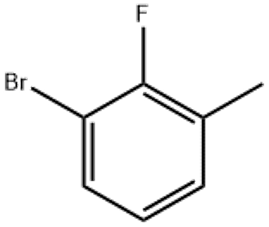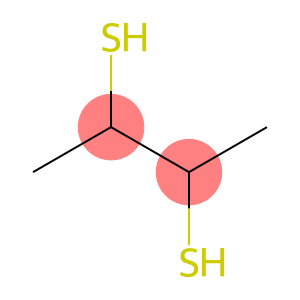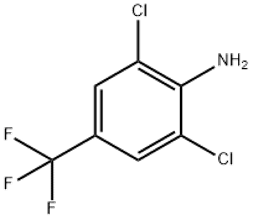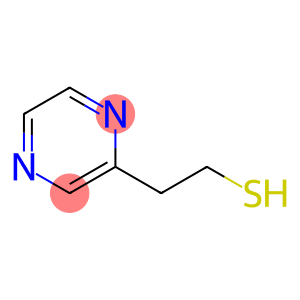Ethyl acrylate(CAS#140-88-5)
| Risk Codes | R11 – Highly Flammable R20/21/22 – Harmful by inhalation, in contact with skin and if swallowed. R36/37/38 – Irritating to eyes, respiratory system and skin. R43 – May cause sensitization by skin contact |
| Safety Description | S9 – Keep container in a well-ventilated place. S16 – Keep away from sources of ignition. S33 – Take precautionary measures against static discharges. S36/37 – Wear suitable protective clothing and gloves. |
| UN IDs | UN 1917 3/PG 2 |
| WGK Germany | 2 |
| RTECS | AT0700000 |
| FLUKA BRAND F CODES | 8 |
| TSCA | Yes |
| HS Code | 2916 12 00 |
| Hazard Class | 3 |
| Packing Group | II |
| Toxicity | LD50 orally in Rabbit: 550 mg/kg LD50 dermal Rabbit 1800 mg/kg |
Introduction
Ethyl allylenate. The following is an introduction to the properties, uses, preparation methods and safety information of ethyl allylate:
Quality:
- Ethyl allyl proponate is a liquid with a pungent odor, soluble in a variety of organic solvents such as alcohols, ethers, etc., but insoluble in water.
- Ethyl allyl proponate has good stability, but polymerization occurs in sunlight.
Use:
- Ethyl allyl propionate is an important intermediate in organic synthesis, which can be used in the production of chemical products such as spices, plastics, and dyes.
- It can also be used as a solvent in industrial fields such as coatings, inks, glues, etc.
- Ethyl allyl can also be used in the preparation of resins, lubricants and plasticizers.
Method:
- Ethyl allyl is usually formed by the reaction of ethylene with acrylic acid, which is then anhydrated to ethyl allylate.
- In industry, catalysts such as sulfuric acid are often used to facilitate the reaction.
Safety Information:
- Ethyl allyl is a flammable liquid and should be avoided from contact with open flames, high temperatures, and oxidizing agents.
- Wear appropriate personal protective equipment such as gloves, goggles, and protective clothing when in use.
- Avoid contact with the skin, eyes and respiratory tract of ethyl allylenate, rinse immediately with plenty of water and seek medical attention if it does.
- Good ventilation conditions should be taken when storing and using ethyl allylenate.
- When disposing of waste, follow local environmental regulations.








